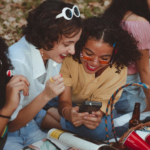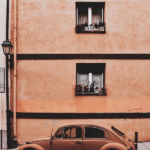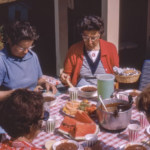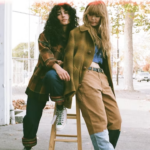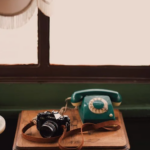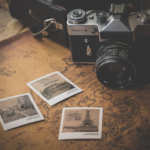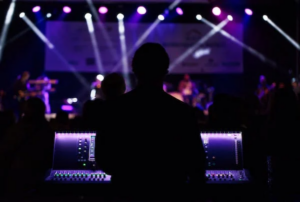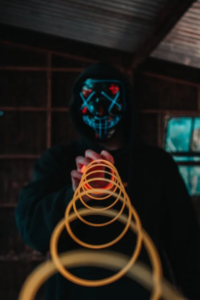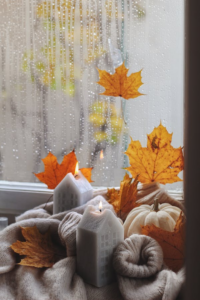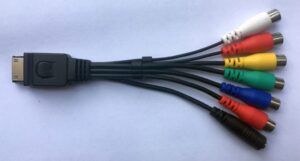Vintage photography refers to any photography shot with a non-digital camera, such as an analog camera with 35 mm film. However, vintage photography is shot with modern equipment and processed to look at an aging process or material in modern times. Therefore, vintage photography is a genre that allows your viewer to discover the customs and fashion statements of people of the bygone era. Additionally, these photographs stand out with their unique imperfections and attract viewers.
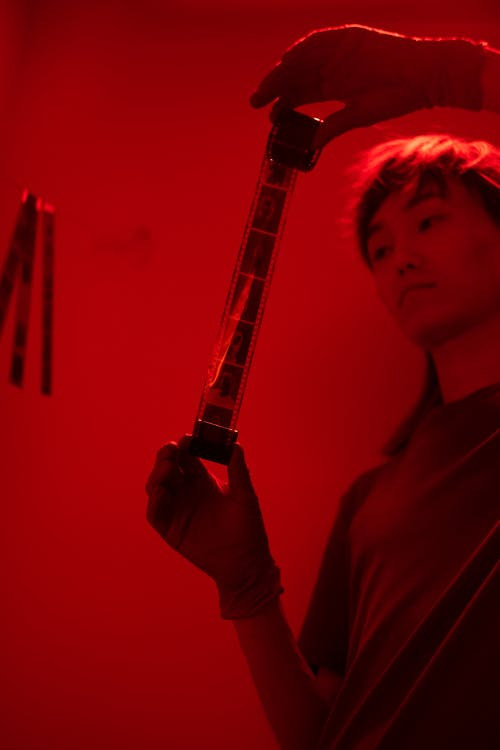
What is a Vintage Look, and Why Do You Need It?
A vintage look is a process of giving an aged look to an image. For this purpose, it uses details and recognizable symbols to transport you to a particular age or era visually. It must contain two key elements. They include:
Aesthetic Look
It deals with the colors like black-and-white or color slide film. You can make the photo’s texture look grainy or soft to mimic the imperfections of an older camera.


Content of the image
The subjects in your photo, the concept, scenery, styling, object, etc., can be an image that loses its glamour with time. For example, you can capture rotary phones, compasses, or old cameras that still exist around us. Additionally, you can utilize concepts such as someone operating a manual operating lift or a model darning garments that belong to the ’80s or ’90s.


Benefits of a Vintage Look
Vintage photos always come with certain imperfections. This is because of films and the lack of features in the cameras of the bygone era. As a result, these images have to be worked upon to retain their quality. Therefore, it is common to find a natural softness and grainy look in these images.
The effect of a vintage look will render you the following benefits:
- You can use this effect to compliment the skin and hide imperfections.
- It maintains the natural feel of an image.
- It creates an artistic effect that pertains to a specific style such as oil painting, crayon drawing, fantasy, film noir, or watercolor.
- It is the most preferred style for portraits, wedding photos, still life shots, and architectural images as it creates a romantic, dramatic, and nostalgic effect.
- It helps your viewer to locate the time of your photograph.
Get Started with Vintage Photography
Research on Various Eras of Vintage Photos
Vintage photography covers the styles of photography followed from 1826 to the 1990s. Hence, if you’re starting with vintage photography, you need to understand the various eras to identify your preferred style and focus on recreating it.
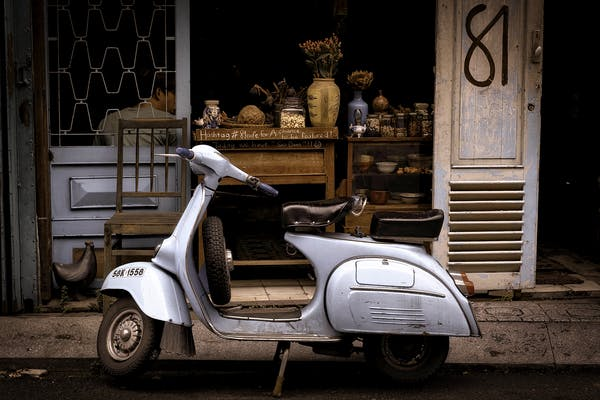
Know the Cameras and Equipment of the Bygone Era
Once you’ve discovered your style, research the cameras and equipment of that period. For example, if you have a polaroid camera, you can translate it to modern-day equipment without much effort. Additionally, to get the feel of a vintage look, you need to understand the process of film development and work on your photos in a dark room. On the other hand, if you are starting with modern-day equipment, you need to know how the film reacts to specific situations and impacts the quality of an image. Alternatively, you may buy vintage cameras to create your photos if you give a grainy texture. Some of the vintage cameras include:
Cameras that make photos look vintage
Point and Shoot cameras
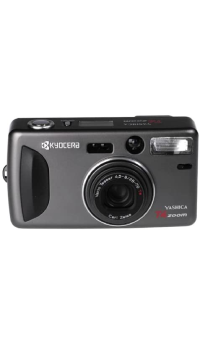


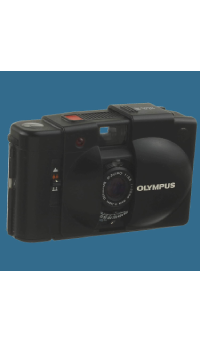
SLR
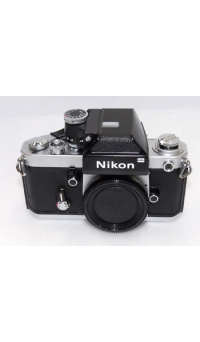
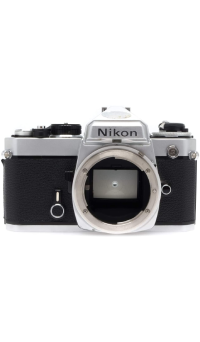
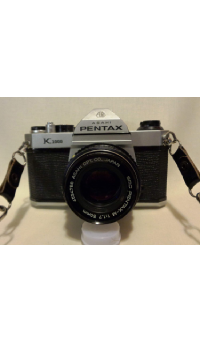

Rangefinder
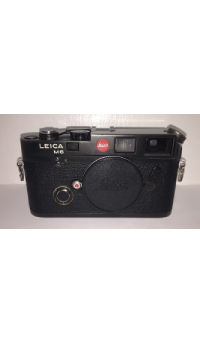
Medium Format
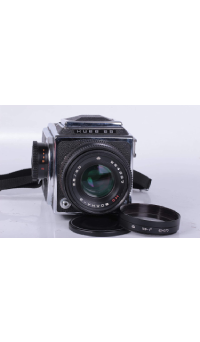
Instant
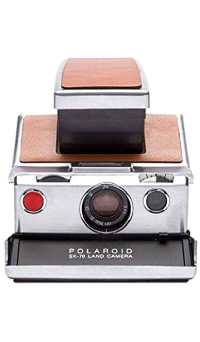
Large Format
Explore Locations, and Invest in Vintage Props
Immerse your subjects into the chosen era with the help of props, garments, and vintage landmarks as your backdrop. This way, you can achieve authentic results instead of placing a mere filter over a random picture.

Try Vintage with Modern Equipment and Apps
Suppose you are a beginner exploring vintage photography with modern equipment or prefer not to invest in vintage gear. In that case, you can still instill an older look with the help of contemporary post-processing software and editing apps. But before that, you need to know the essential characteristics of the vintage look.
Characteristics of the Vintage Look
Faint Colors
Prints belonging to the 1950s have soft colors that fade with time. Hence focus on instilling light colors in your image.

Appear Hazy
As faded photos age, they lose contrast, structure, and details which makes their edges appear blurred and faded, giving a hazy effect.

Grainy texture
Since the cameras and lenses of the past were not technically advanced, their images feature a high noise level. Hence, you always find these images with some grains hovering over them.
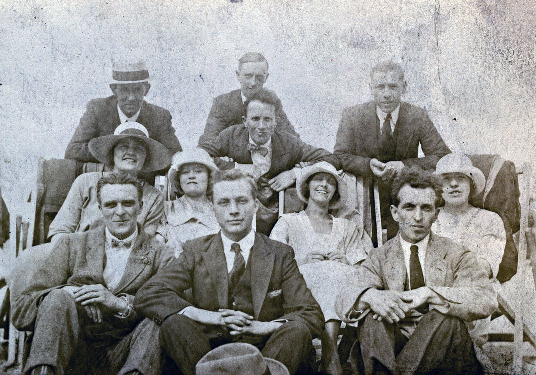
Yellow Tint
Most prevalent in black-and-white images, this effect occurs due to the deterioration of chemicals and photo paper over time.
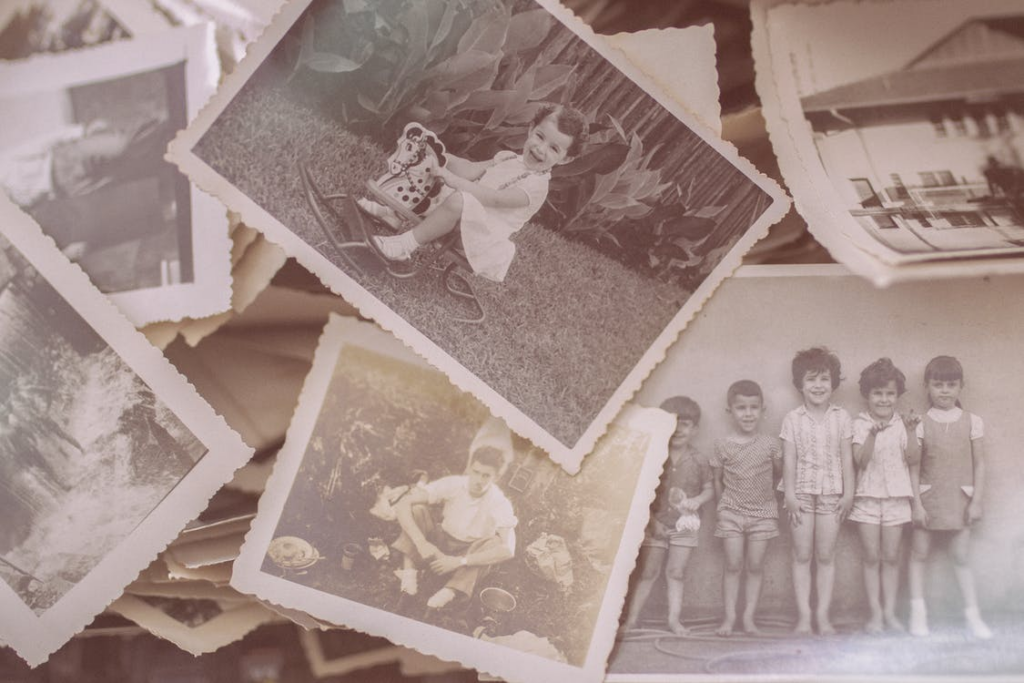
Vignetting
It occurs when the lens doesn’t focus the whole image properly, underexposing the edges of an image.

How to Make a Digital Photo Look Vintage?
Modern post-processing software and editing apps provide the vintage effect with the help of advanced preset filters. Additionally, they also leave room for you to edit your digital pictures. Some apps allow you to add a vintage look to your image.
What Apps Make Photos Look Vintage?
One of the free photo-editing apps with some great vintage filters is Snapseed which allows color cast and vignettes. Further, if you wish to compliment your image with some filters, you can use Grainy film or Grunge filters.
Alternatively, if you are crazy about Adobe, you can use Photoshop Express. Using free software allows you to add a color cast, mimic a tint, and add light leaks, bokeh, and paper textures to give a vintage look.
Apart from these, you can easily avail of some lightroom presets to integrate a uniform vintage look across all photos. These are available online for free or can be bought as a bundle. Try some of the great options like the ones below:
Vintage Lightroom Preset Bundle
This set gives a touch of original Daguerreotype style to your photos. This style is the first successful form of photography discovered in the 1830s. It provides a vintage look of the 70s and 80s.

Autochrome Lumiere Lightroom Presets
Opt for this preset to get an authentic and perfect faded vintage look for your image.
The Memento Vintage Workflow
This preset will be helpful if you want to create any vintage look and prefer to touch up your images in specific areas.
Retro Color
Go with this set when you wish to add color presets and give a soft retro flair to your work.
Expired Film
Give a filmy touch to your digital photos without a retro camera and get a perfect vintage look with a hazy quality.
Tips for Modern Vintage Photography
Additionally, you can try to instill the characteristics of a vintage photograph through apps or some DIY techniques as mentioned below:
Lower the saturation to fade the color
The first step in making a photo look vintage is to reduce the saturation or brightness and erase the dark tones to soften the shadows. For this purpose, raise the left side of your RGB curve. This way, you can fade the colors in your image and make it look faint. To instill an even older style, remove the shades and ultimately turn it into a black-and-white image. Use monochrome to give a timeless feel to your pictures. Usually, black and white photographs can help you get a notion of time. Hence, they seamlessly take you through time.
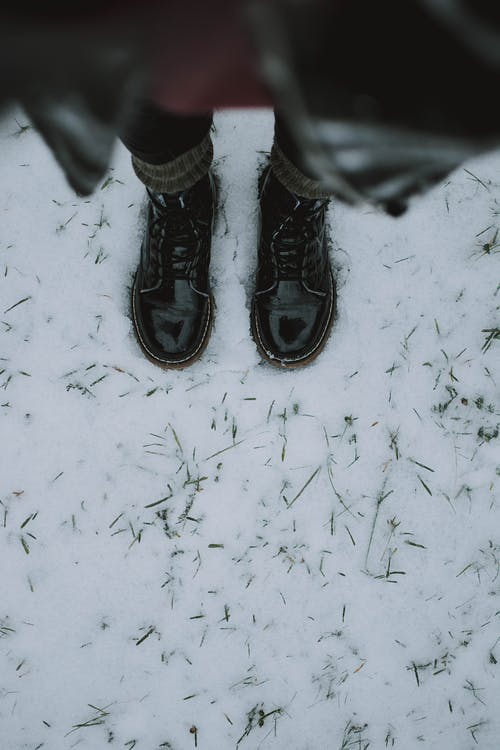
Lower the contrast to blur
To create a hazy effect, lower the contrast and increase the brightness. Alternatively, you can use a clear plastic cover or some cling film in front of your camera before capturing an image. This way, you can achieve a hazy effect. Also, you can decrease the clarity in Lightroom.
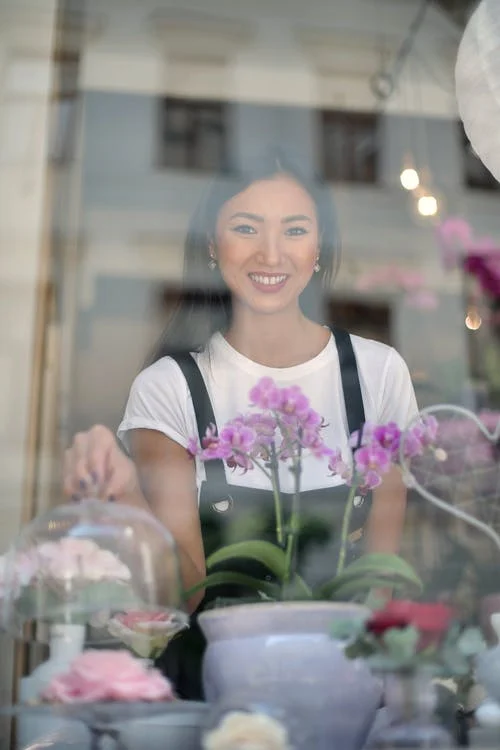
Add noise
You prefer to simulate camera noise and give a grainy texture to your image. For this purpose, create a noise using a film grain noise or HSV noise or overlay your image with a texture that mimics noise. Additionally, you may take advantage of the free textures available in the library.
Recreate the tint
You can balance the colors and let yellow and red dominate to create this effect. Additionally, you can benefit from tools such as color temperature, curves, and the channel mixer. Further, you can try holding a red or yellow-colored object or LED color gel filter in front of your lens and cover it partially. Once you click the picture without focusing on the thing, you can create a light leak effect, commonly found in analog cameras.

Add a vignette
Brighten the subject and gradually darken the edges of an image to fabricate the vignette into your digital photos.

Emphasize Motion
Adding motion blur to your images helps you achieve the vintage effect. For this purpose, use a tripod and slow your camera’s shutter speed. This way, you can capture more movements that add a ghostly feel to your images.

Crop like the old cameras
Analog cameras produce either square images or panoramas. Hence, use this limitation as an advantage to create a vintage look. But ensure you don’t crop an essential detail.

Videos on Vintage Photography
How to add a vintage look to images?
How to edit to achieve a vintage film effect?
How to take vintage portraits?
Conclusion
Vintage photography connects your viewers to the past. Hence, you can creatively include all of the materials that indicate history. Your success with vintage photography relies on your understanding of the past century’s cameras, their flaws, and the resultant imperfection in the images. Following the guidelines discussed here, you will create stunning photos that allow your viewers to travel down the timeline with your knowledge of vintage photography.


